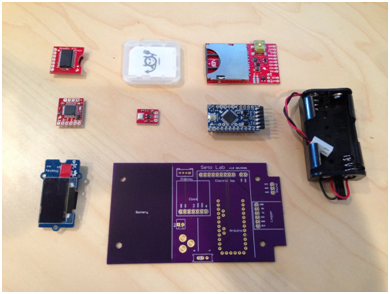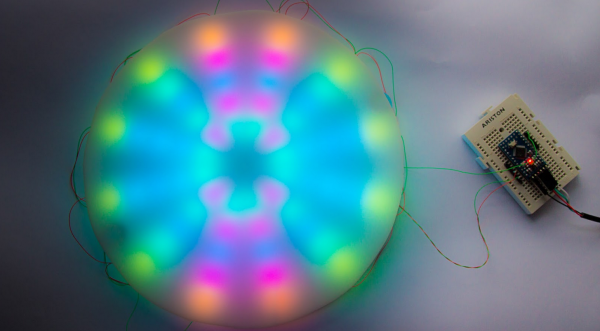Imagine eating food customized just for you based on your music preferences. This is exactly the premise behind a student-developed application called BeatBalls. This musical cooking platform translates artists and songs into delicious meatball recipes.
BeatBalls uses a computer algorithm that takes into account a variety of factors including key, tempo, cadence, and duration of the song to manifest a unique combination of ingredients. [Maria], who tipped us off about the project, told us in an email that Beatballs used the echonest API to determine elements of each song.
Anyone can go to the BeatBalls’ website and enter their favorite musician, group, or track into the online meatball generator, which outputs unique components to the screen. A few good suggestions are Meat Loaf, Led Zeppelin, Jimi Hendrix, and Bassnectar, which produce some delectable results.
Students involved in the project also created a machine to mix, roll, and cook the meatballs automatically. Team member [Samuel] told us that the system has three Arduino controllers that are hooked up to a remote server with an Ethernet shield and WiFi router. A set of servos and a DC motor controls the mechanisms that pushes the meat through and adds spices to the ingredients.






 The project featured in this post is
The project featured in this post is 











